Today’s Theme: Plant-Based Varnish Options
Chosen theme: Plant-Based Varnish Options. Explore renewable, low-odor finishes that respect wood and air quality without sacrificing durability. Learn practical techniques, see real workshop results, and add your voice—comment, ask questions, and subscribe for more.
What Plant-Based Varnish Really Means
Plant-based varnishes rely on renewable inputs like linseed, tung, castor, and soybean oils transformed into alkyds or polyurethanes. Check labels for bio-based carbon content, ask manufacturers for ASTM D6866 verification, and prefer transparent claims over vague green buzzwords.
What Plant-Based Varnish Really Means
Unlike simple oil finishes that penetrate and stay soft, plant-based varnishes cure into a protective film. Oxidative polymerization crosslinks the oil-derived resin network, delivering improved abrasion resistance, better water protection, and a more stable long-term sheen.

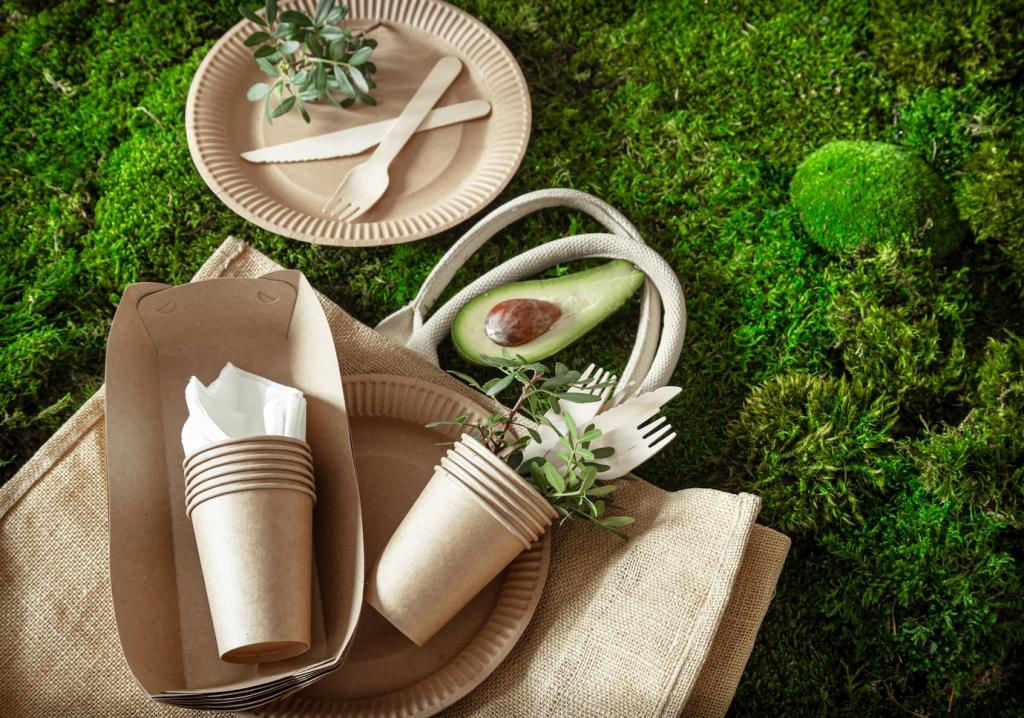

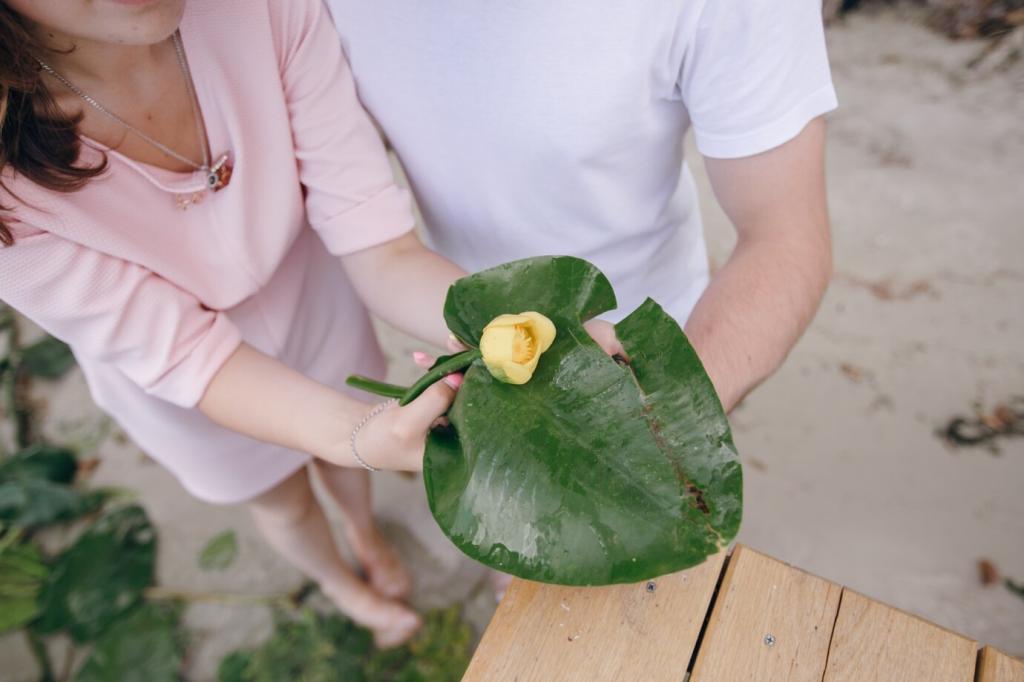
Key Plant-Based Varnish Options to Consider
Made from tung seed oil and plant-derived resins, this classic option excels outdoors and on tabletops. It resists water rings, cures predictably in thin coats, and delivers a warm, slightly amber tone that flatters walnut, cherry, and teak beautifully.
Key Plant-Based Varnish Options to Consider
Linseed oil alkyds bring a traditional look with moderate ambering, a friendly open time, and reliable flow. They favor brushed application on chairs, casework, and trim, while rewarding patience with a mellow glow that deepens grain without overwhelming natural color.



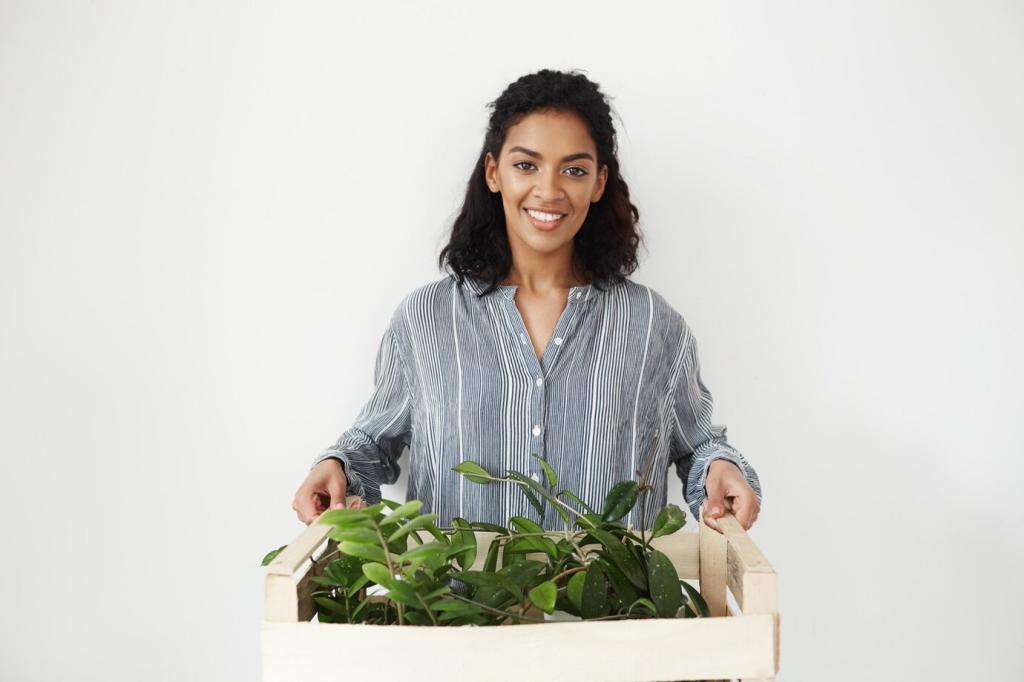


Color, Sheen, and the Look You’re After
Flattening agents influence reflection and texture. Stir thoroughly to keep sheen even from can to surface. Test boards under daylight and warm LEDs, then pick a sheen that complements your wood species and space, not just the label’s promise.
Color, Sheen, and the Look You’re After
Linseed-alkyds gently warm color; tung-alkyds add richness without heavy yellowing. Bio-based waterborne polyurethanes stay clearer, preserving pale woods. Make a small sample board first—your eye will catch subtle shifts that specs alone cannot fully predict.


Stories from the Bench
A restorer fought water rings every winter until switching to a thin, well-cured tung-alkyd schedule. Two careful coats, a week of patience, and the family stopped racing for coasters after every steaming mug of tea.
Stories from the Bench
A small studio swapped synthetic-heavy finishes for a plant-forward alkyd that included pine-derived resins. The maple frames kept their crisp edges, while portraits gained a calm, inviting glow that clients noticed before price or provenance.
Join the Conversation and Keep Exploring
Post your sanding grits, coat counts, and cure times in the comments, and include wood species and climate. Your recipe could spare someone else a weekend of guesswork and turn a nervous first coat into confidence.
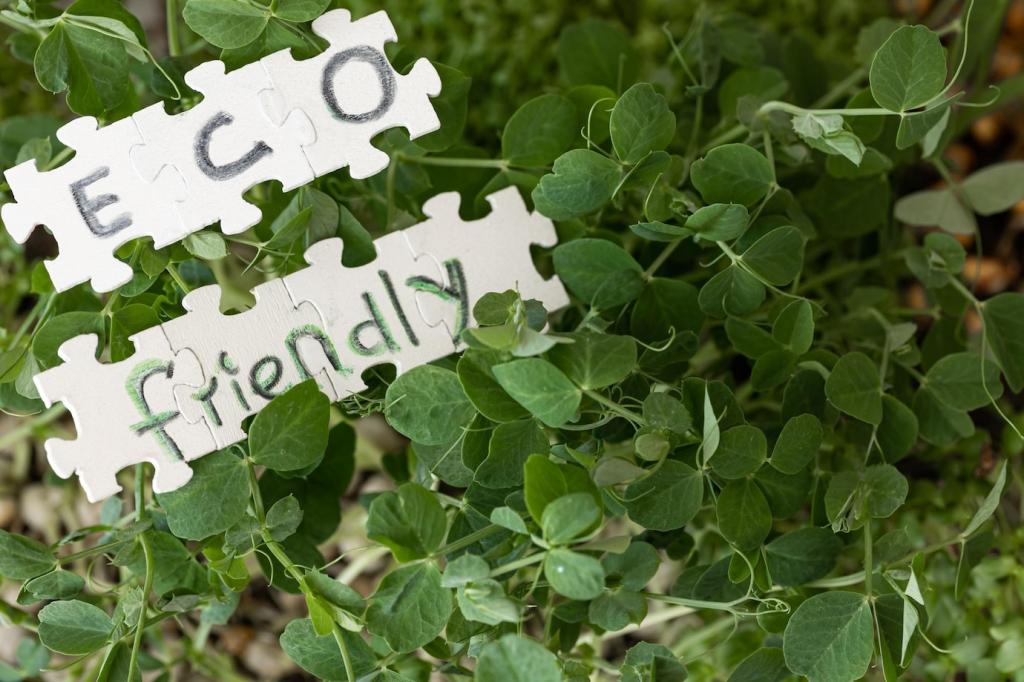
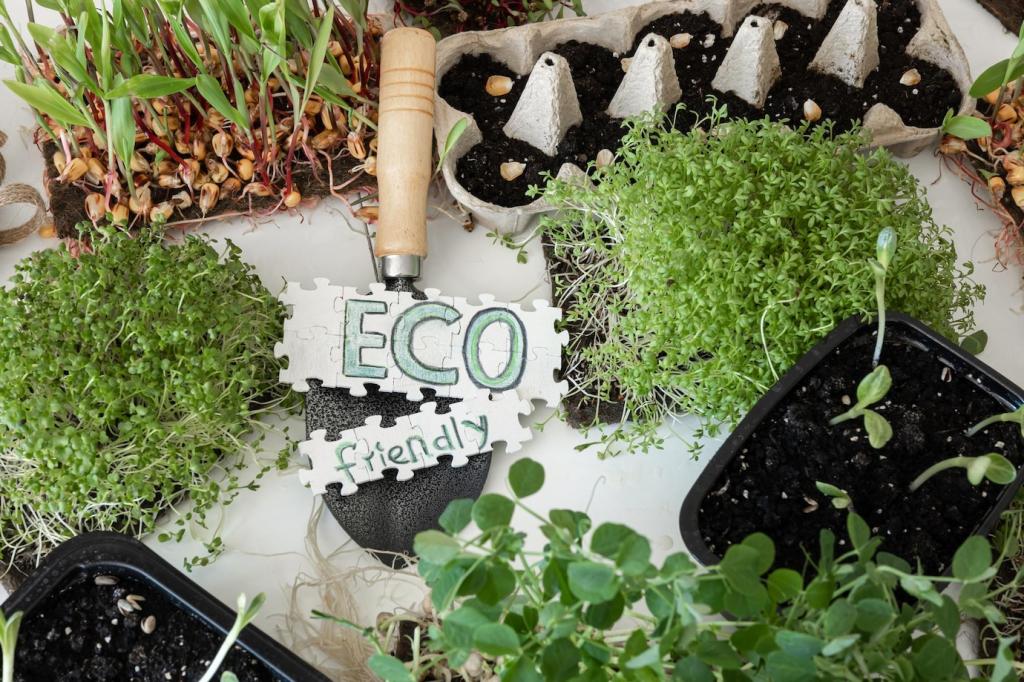
Join the Conversation and Keep Exploring
We’re planning scratch, chemical, and water-resistance comparisons of leading plant-based varnish options. Subscribe to get results, downloadable test sheets, and the exact methods so you can repeat them in your own shop.
Join our mailing list
